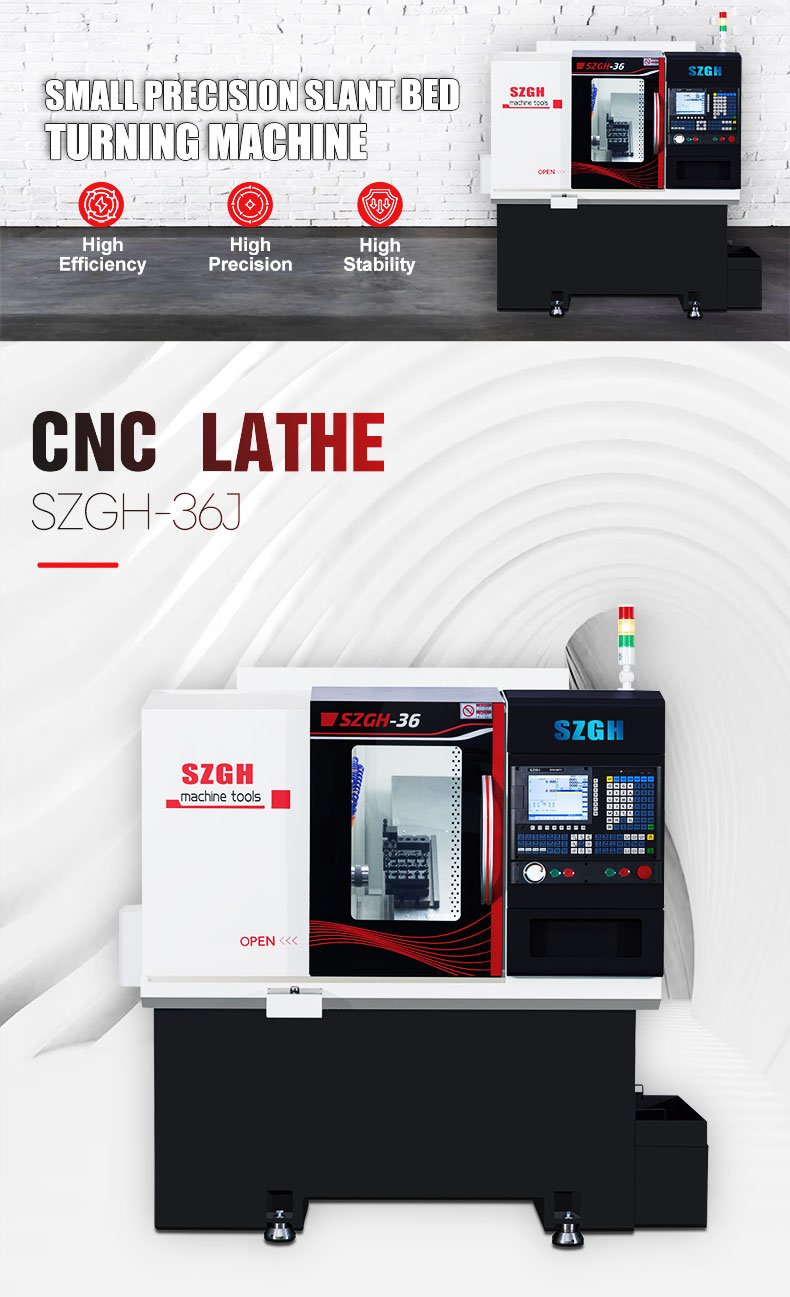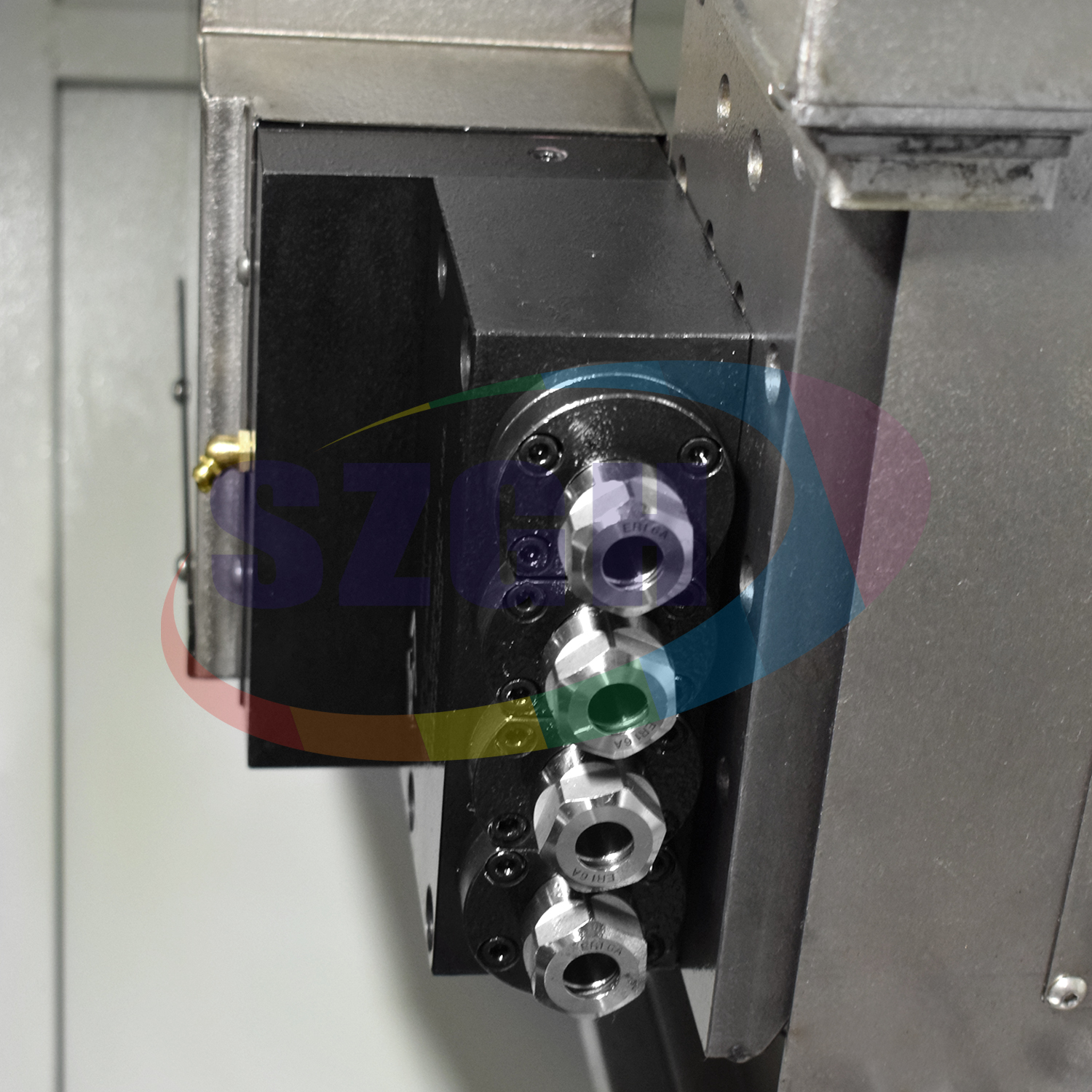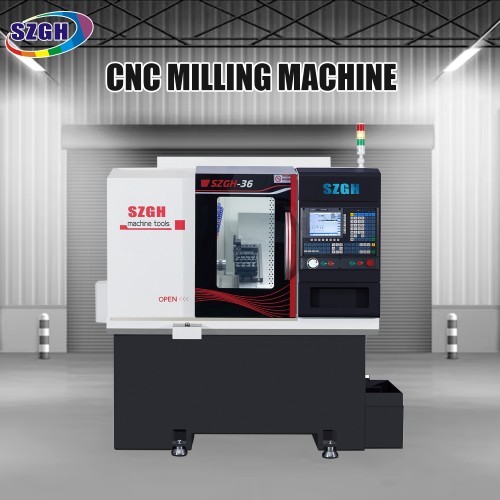Summary of essential knowledge points for machine tools
Summary of essential knowledge points for machine tools
1. Classification of machine tools
Machine tools can be divided into two categories: CNC machine tools and ordinary machine tools according to their processing methods and mechanical structures. CNC machine tools refer to equipment that implements processing programs through computer control systems. They have the advantages of high processing accuracy and high degree of automation and are suitable for mass production and processing of complex parts. Ordinary machine tools refer to equipment that is not processed through computer control systems but manually operated by operators. Its processing accuracy depends on the operator's operating skills and is suitable for processing small batches, single pieces and non-standard parts.
According to the structure and processing methods of machine tools, machine tools can be divided into lathes, milling machines, drilling machines, planers, grinders and other types. Lathes are mainly used to process rotating parts, such as shafts, ball rods, crank shafts, etc.; milling machines are mainly used to process flat parts and vertical parts, such as planes, grooves, holes, etc.; drilling machines are mainly used to process round holes, such as common threaded holes, broaching machines, drilling machines and other equipment; planers are mainly used to process large castings and welded parts; beds are mainly used for precision machining of parts.

2. The structure of machine tools
Machine tools are usually composed of machine bodies, work tables, spindles, feed mechanisms, transmission systems, operating systems, lubrication systems, etc. The machine body is the main component of the machine tool. It consists of the outer shell of the machine tool and various internal mechanical parts, and mainly plays a supporting and fixing role. The work table is a place for clamping workpieces and processing. It can make corresponding movements and angle adjustments according to processing needs. The spindle is the main component used to rotate the tool for cutting processing. It is usually composed of a motor, a spindle box and a machine tool body. The feed mechanism is a device on the machine tool used to move the cutting tool at a specified speed and direction during the processing process. It is usually composed of a feed motor, a reduction device and a corresponding transmission device. The transmission system is a device on the machine tool used to transmit power. The transmission system can make the spindle, feed mechanism and other machine tool parts move accordingly. The operating system is the control system of the machine tool. It can be a CNC system or a manual control system. The lubrication system is an important part of the machine tool. It plays a role in reducing the wear of machine tool parts, reducing friction, cooling the cutting area and cleaning the inside of the machine tool.
 3. Working principle of machine tools
3. Working principle of machine tools
The working principle of machine tools is mainly to use tools to cut workpieces so that the workpieces meet certain size, shape and surface roughness requirements. During the processing of machine tools, the spindle needs to rotate to provide cutting power, and the feed mechanism needs to move accordingly to make the tool cut the workpiece at a specified rate and direction. During the cutting process, the tool generates cutting force on the workpiece, and the generated chips will be discharged from the chip discharge equipment, and heat, vibration, noise and other problems will also be generated. In order to improve the processing efficiency and processing quality of machine tools, machine tools usually adopt a series of cutting strategies and auxiliary measures, such as selecting suitable tools, cutting speeds and feed speeds, using coolants, lubricants, etc.

4. Precautions for the operation of machine tools
4.1The safe operation of machine tools is very important. Operators should strictly abide by relevant safety operating procedures when operating machine tools, such as wearing work clothes, safety helmets, gloves and other protective equipment, and keeping the area around the machine tools clean and free of obstacles.
4.2.Before using the machine tool, the operator needs to conduct a comprehensive inspection and test run of the machine tool to ensure that all parts are operating normally and that cutting fluids, lubricants, etc. are adequately supplied.
4.3.When operating the machine tool, appropriate tools and processing parameters should be selected according to the nature of the workpiece, such as cutting speed, feed speed, cutting depth, etc.
4.4.Operators need to be vigilant when using the machine tool, pay close attention to abnormal conditions during the processing, such as cutting force, noise, vibration, etc., and take timely measures to deal with them.
4.5.During use, the machine tool needs to be regularly maintained and serviced according to requirements, such as lubrication, cleaning, adjustment, and replacement of worn parts.
4.6.In case of emergency, the operator should stop the machine tool immediately and take appropriate emergency measures to avoid accidents.
In short, it is very important for machine tool operators to understand the necessary knowledge points such as the classification, structure, working principle, and operating precautions of the machine tool. Only by mastering this knowledge can the machine tool be used correctly, safely, and efficiently, improve production efficiency, and ensure production quality.

If you have any needs, please feel free to contact us. We have a professional machine tool team to tailor it for you!


